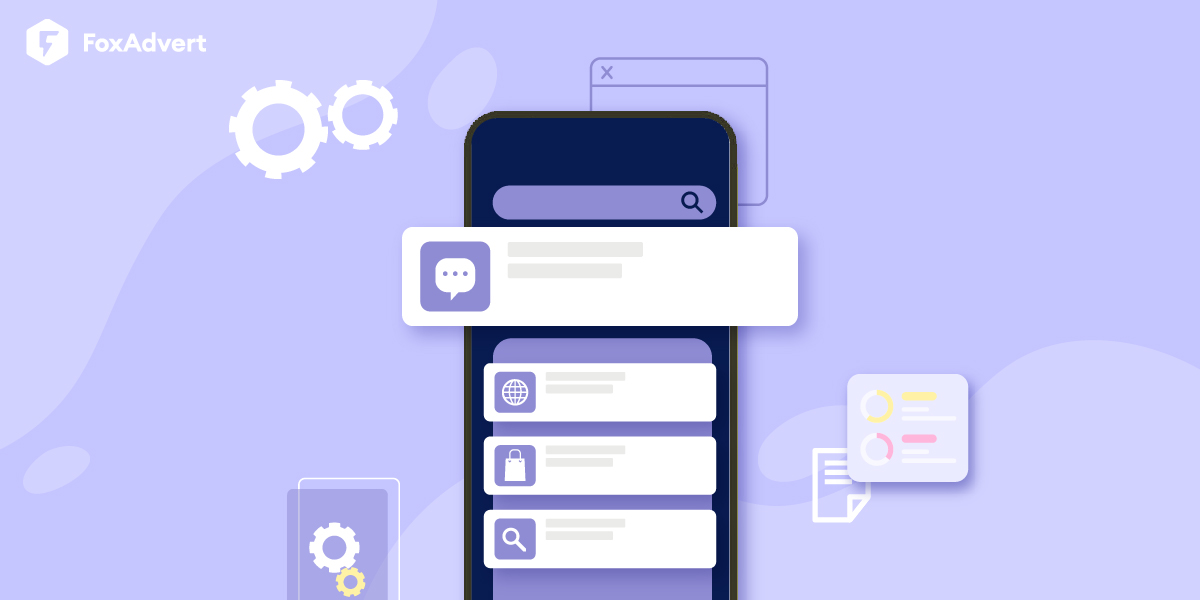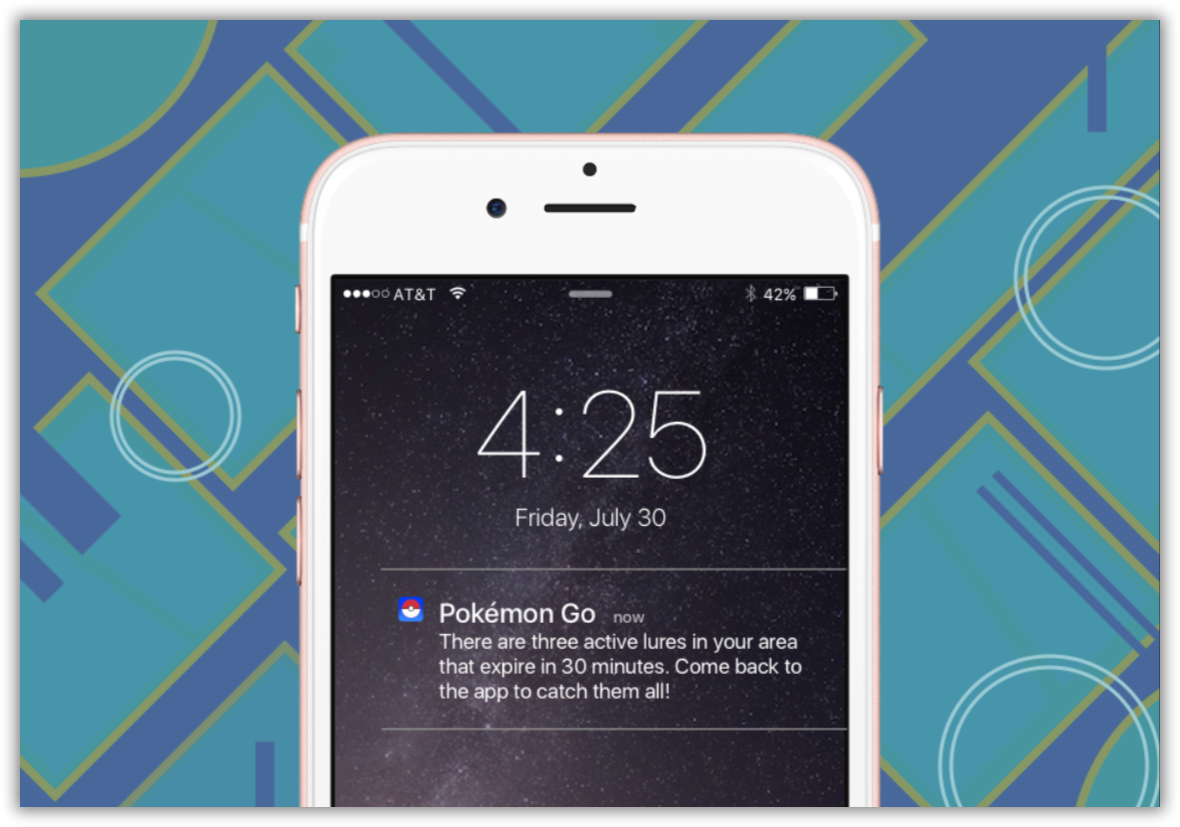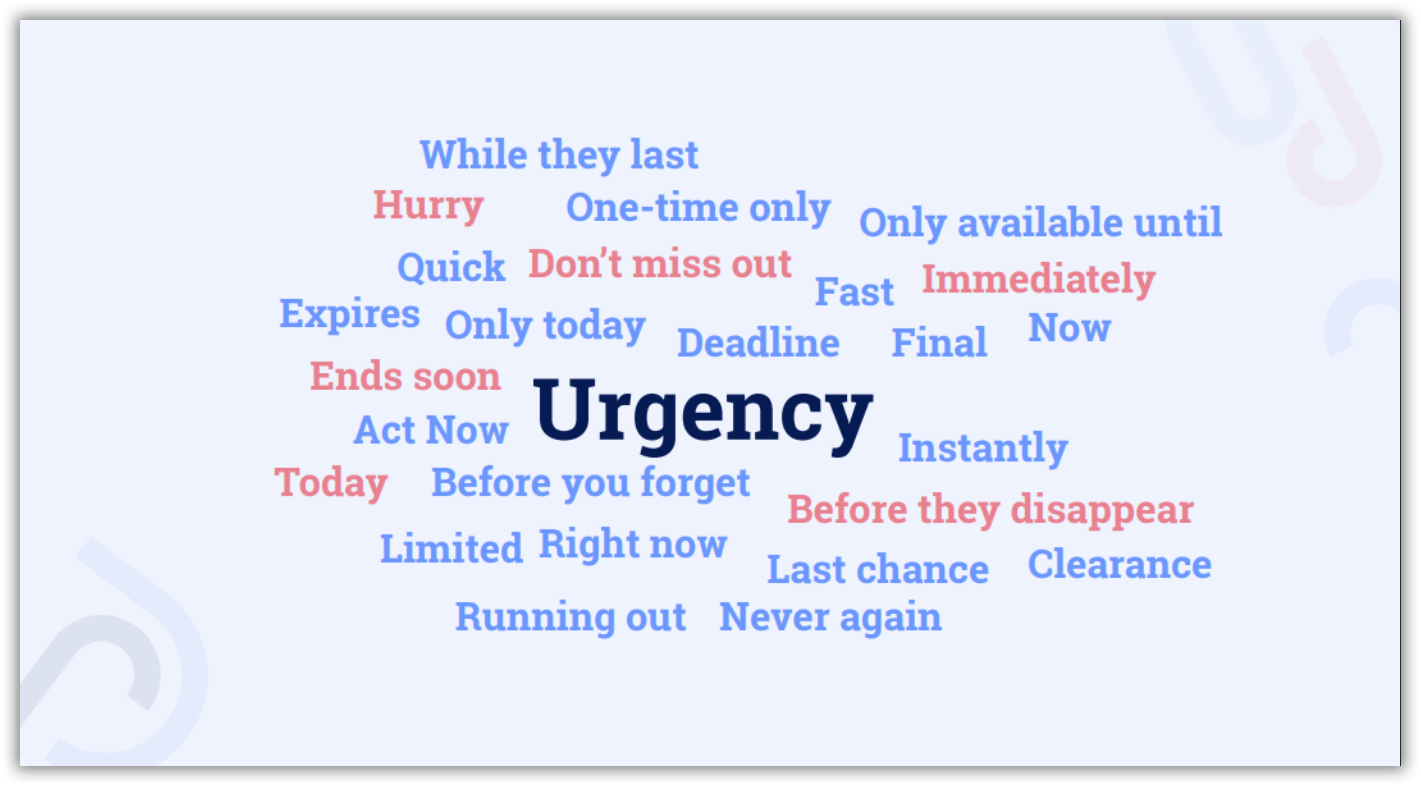
Are your push notifications failing to keep players engaged? You’re not alone. The good news? A well-crafted push notification strategy can make all the difference.
Acquiring users is only half the battle. The real challenge begins once they start playing. If engagement drops, so does retention—and fast.
The numbers speak for themselves. According to GameAnalytics, even the top 2% of mobile games lost 70% of their players within a day in 2023. The median games? They saw an 80% drop. And for the bottom 25%, almost 90% of players were gone in just 24 hours.
It doesn’t get better with time. After 28 days, even the best-performing games had lost 97% of players. The median games retained just 1%, while the lowest tier retained none at all.
Harsh? Absolutely. But that’s the reality of mobile gaming.
Done right, push notifications can bring players back, drive engagement, and extend retention. They provide direct visibility, allow for personalization, and can be localized for different audiences—all of which increase their effectiveness.
Here’s proof: Players who opt in for push notifications see a 23% higher 90-day retention rate than those who don’t. Yet, on average, only 41% of players choose to enable them.
The reason? While Android enables push notifications by default—leading to a 91% opt-in rate—iOS users must grant permission. This makes it essential to maximize opt-ins from the start. Fortunately, this process hasn’t been impacted by IDFA changes.
But getting permission is just step one. The real game-changer? Writing compelling push notifications that re-engage players.
And it’s not just about the message. The right placement, timing, and frequency are just as crucial.
Writing a push notification that grabs attention, adds value, and compels action—all within 150 characters—is no easy feat.
You’re competing with countless other apps for a player’s limited attention. If your message isn’t engaging or relevant, it’ll be dismissed without a second thought. Worse, poorly executed notifications can feel intrusive and push users away instead of drawing them back.
So, how do you craft messages that actually work? It starts with strategy.
Every push notification should have a clear goal. Without one, you’re just adding noise to a player’s screen.
Ask yourself:
For most games, the primary objective is to bring players back. But that’s just the surface level. Some notifications aim to re-engage inactive users, while others announce new updates, promote special events, or encourage ratings and reviews.
Whatever your goal, make sure it’s sharply defined—because clarity is the first step to effectiveness.
Need inspiration? Reviewing successful push notification examples can offer valuable insights.
Let’s be honest—push notifications can be intrusive. There’s no getting around it.
The key is to respect your players’ time and attention. Avoid misleading tactics, vague messages, or clickbait-style wording just to get them back in the game. Deceptive notifications may work in the short term, but they erode trust in the long run.
Instead, be upfront and authentic. A little transparency can go a long way in making your messages feel less like interruptions and more like valuable updates. A touch of humor or self-awareness can also help:
"Buzz buzz! We know notifications can be annoying, but we’ve got something special for you—check out our latest update and see what’s new!"
By acknowledging the potential downside of notifications, you show players that you respect their time—and that makes them more likely to listen.
A clever or engaging message is great, but if players don’t know what to do next, it’s wasted effort.
Every push notification should include a clear, compelling call to action (CTA). Think of it as an invitation rather than a demand—your goal is to make taking action feel easy and rewarding.
A strong CTA should be:
Simple – No complicated steps, just a clear next move.
Benefit-driven – Show players what they’ll gain.
Consistent with your game – Align with your in-game experience.
Certain words have been proven to boost engagement. According to HubSpot, some of the most persuasive words include “you,” “free,” “because,” “instantly,” and “new.”
For example:
The right CTA can turn a simple notification into an irresistible invitation—so make it count.
A one-size-fits-all approach rarely works with push notifications. If your message feels generic, players will likely ignore it—or worse, disable notifications altogether.
So, how do you make your notifications stand out? Personalization.
Go beyond just inserting a player’s name. Tailor messages based on their in-game activity, progression, and preferences. Consider factors like:
Gameplay behavior – Are they a daily player or someone who just returned after a long break?
Engagement level – Do they respond well to rewards, challenges, or social interactions?
Preferred content – Are they more interested in PvP battles, new skins, or storyline updates?
The more relevant the message, the more likely it will resonate. For example:
A well-segmented push notification strategy ensures that each message feels like it was made just for the player.
If you want your notifications to be engaging and persuasive, use active voice.
Active voice makes sentences direct, clear, and more compelling. Instead of saying, “A new challenge has been unlocked for you,” say, “You’ve unlocked a new challenge!”
Why does this matter? Research shows that active voice is easier to understand and more persuasive. Passive sentences tend to be longer, more complex, and less engaging.
Compare:
Passive: “A new reward has been added to your account.”
Active: “You’ve earned a new reward! Claim it now.”
The takeaway? Keep your language strong, direct, and action-driven—players will be much more likely to respond.
Want to make your notifications feel more personal? Write in first person.
Instead of a generic, “[Your Game Name] has a gift for you!”, try “I’ve got free coins for you!”
This simple tweak makes the message feel more direct, as if it’s coming from a friend rather than an impersonal game system. When you use “I” or “we,” you build a connection—turning your game from just another app into something more familiar and engaging.
Your push notifications should sound like a natural conversation, not a corporate announcement.
A friendly, informal tone helps players feel more connected to your game. Instead of stiff, robotic phrasing, make your message warm and inviting:
Too formal: “A special event has commenced. Participate now.”
Conversational: “The battle’s on! Jump in and claim your reward!”
But be careful—not every player responds well to overly edgy or slang-heavy messages. Keep it light, engaging, and easy to understand.
Push notifications have one job: grab attention fast. And with limited space, every word matters.
Research shows that 20 to 90 characters is the sweet spot for engagement. Anything longer risks getting cut off—or ignored.
The key? Say more with less. Start with a longer message, then trim the fluff:
Focus on thecore action you want players to take.
Cut unnecessary words.
Make every sentencecrisp, clear, and punchy.
For example:
Wordy: “Hey there! Just wanted to let you know that we have a brand-new event starting today, and you don’t want to miss it!”
Concise: “New event live! Join now for exclusive rewards!”
Short, sharp, and straight to the point—that’s how you win attention.
Telling players what to do is one thing. Giving them a reason to do it? That’s how you drive action.
A basic call to action (CTA) simply directs users:
“Play now!”
But a Call to Value (CTV) makes the benefit clear:
“Play now and grab your free reward!”
See the difference? Instead of just asking them to play, you’re showing why they should. Whether it’s extra coins, a mystery chest, or exclusive content, always emphasize what’s in it for them.
Want to make players itch to open your game? Use intrigue.
People love surprises, and a well-placed hint of mystery can make your push notifications irresistible. The trick is teasing just enough to make them want more.
For example:
Plain: “Log in to check your daily reward.”
Intriguing: “A surprise gift is waiting for you… but it won’t last long!”
Or, if your game has story elements:
“Your kingdom is under attack! Who dares challenge you?”
“Rumor has it there’s a hidden treasure nearby… will you find it first?”
The key is to leave them curious enough to tap in and find out.
Want to make your push notifications irresistible? Make them fun.
People play mobile games to escape, unwind, and have a good time. Your notifications should match that energy. A clever, lighthearted message can turn an interruption into an invitation.
“You left your troops behind… and now they’re throwing a party without you!”
“We promise this push notification isn’t annoying. (Okay, maybe a little.) But there’s a gift inside!”
If you can make players laugh, surprise them, or spark curiosity, they’ll be far more likely to tap in—and stick around.
Ever read a push notification that made you stop and think? That’s the power of a well-placed rhetorical question.
Research shows that when people encounter rhetorical questions, they naturally engage more with the message. (Petty, Cacioppo, & Heesacker, 1981) It’s a subtle yet effective way to draw players in and make them feel involved.
“Can you really call yourself a champion if you don’t log in today?”
“Think you can beat your high score? Let’s see.”
It’s not about getting an answer—it’s about planting a thought that nudges players to take action.
Every player has a reason for playing. Some seek competition, others want to unwind, and some just love collecting rewards. Your push notifications should tap into these motivations.
Segment your audience based on behavior and craft messages that resonate with their drive.
For competitive players: “Your rival just beat your score. Are you going to let that slide?”
For social players: “Your squad needs you! Team up now and claim your reward.”
For collectors: “A rare item just dropped! Grab it before it’s gone.”
The key? Speak to what excites your players, and they’ll keep coming back for more.
A great push notification doesn’t just tell users what’s happening—it shows them in a way that sparks curiosity and excitement. Instead of flatly stating the facts, use vivid language to make the message come alive.
Telling: “A new boss battle is available.”
Showing: “A monstrous new foe lurks in the shadows—are you ready to take it down?”
Telling: “You have unclaimed rewards.”
Showing: “Your treasure chest is overflowing—come claim what’s yours before it’s gone!”
A little creativity makes all the difference. Make users visualize the action, and they’ll be far more likely to engage.
Words have weight. Some spark urgency, others create excitement, and a few trigger that “I need this now” feeling. That’s the power of language.
Try weaving in high-impact words that tap into emotions:
Exclusive | Limited | Jackpot | Ultimate
Fast | Quick | Now | Don’t Miss Out
Prize | Treasure | Giveaway | Special
A well-placed power word can turn a good push notification into an irresistible one.
People look to others when making decisions—it’s human nature. That’s why social proof is one of the most powerful tools in copywriting. When users see that others are enjoying your game, they’re more likely to jump in too.
Example: “Join 5 million players battling for glory—are you ready?”
Example: “Your friends are already leveling up—don’t get left behind!”
Whether it’s showing how many people are playing or hinting at friendly competition, reinforce the idea that they’re missing out on something exciting.
There’s no one-size-fits-all formula for the perfect push notification—but creativity, strategy, and testing will get you there. Experiment with different approaches, tweak your messaging, and analyze the results.
If one notification falls flat, don’t sweat it. Test, refine, and try again. Keep optimizing, and you’ll find the sweet spot that keeps players coming back for more.